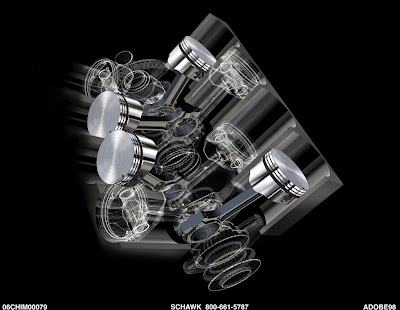
The Supercar Club garage is home to an immaculate collection of sports and luxury cars including top of the range Maserati, Porsche, Aston Martin, Ferrari, Lamborghini, Bentley and Rolls Royce models as well as lightweight track specials and cult off-roaders.
The fleet is constantly updated, giving members access to the world's best cars without the setbacks of depreciation, insurance and maintenance.
Membership costs range from $17 000 to $72 000 annually, along with a one-off joining fee. In return, members are allocated a pool of points that they trade for days in their choice of the Club's cars. There are several levels of membership and members typically receive from 20 to 80 days driving per year, depending on which level they join and what cars they drive.
If you don't want to fork out the big bucks consider taking in part in one of The Supercar Club's Drive Days through The Hunter Valley, Mornington Peninsula or Gold Coast Hinterland. Discover your inner Bond behind the wheel of five different cars throughout the day including top of the range Aston Martin, Lamborghini, Ferrari, Aston Martin and Lotus models. Drive Days are $1, 320 and that includes a gourmet lunch and refreshments at pit stops along the way.
The Supercar Club operates out of Sydney, Melbourne and Brisbane. For more information visit www.thesupercarclub.com.au or call 1300 798 900.




